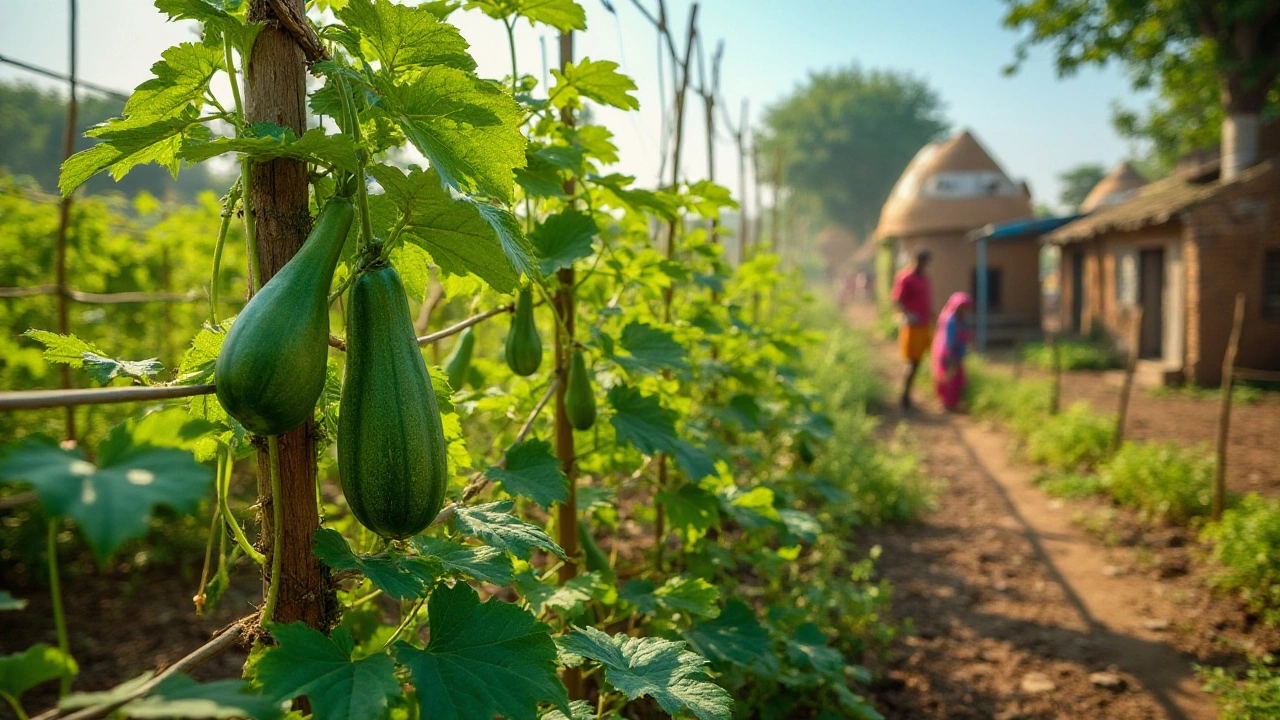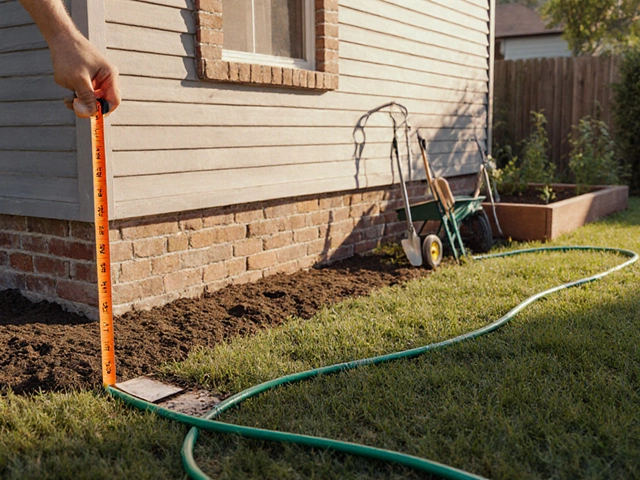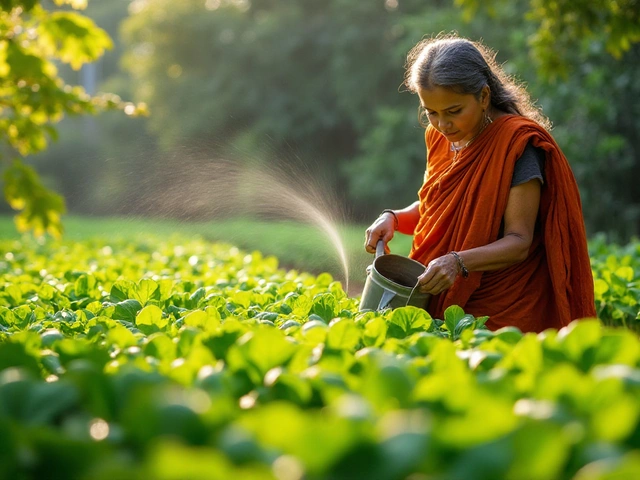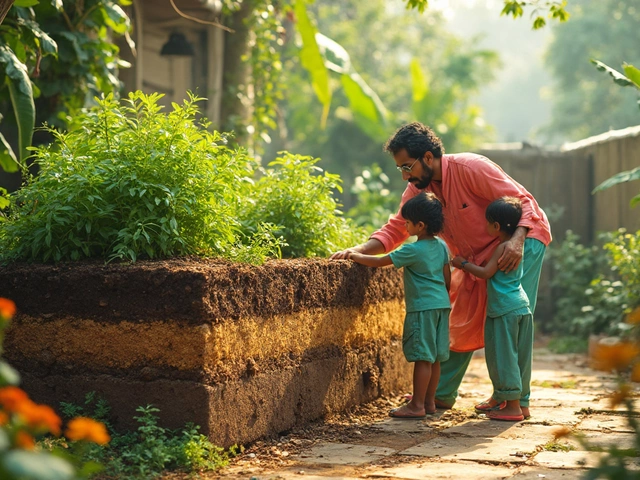Unique Vegetables: Grow Rare Crops in Your Indian Garden
Ever wondered why most gardens look the same? Adding a few unique veggies can change that fast. From purple carrots to Romanesco cauliflower, these plants bring color, flavor, and a sense of adventure to your plot. The good news is you don’t need a huge space or fancy equipment – just a bit of curiosity and some simple steps.
Why Grow Unique Vegetables?
Unique vegetables give you a fresh taste that regular market produce often lacks. They also attract different pollinators and can improve soil health when you rotate them wisely. In India’s varied climate, many rare crops thrive in specific regions, letting you match a plant to your local weather. Plus, growing something uncommon makes you the go‑to gardener among friends and neighbors.
Many of these crops also pack extra nutrition. For example, broccoli, highlighted in our Broccoli Farming in India guide, is a powerhouse of vitamins. When you grow it yourself, you control the soil and water, making it even healthier. The same logic applies to other uncommon veggies like amaranth leaves or black tomatoes.
Top Unique Veggies to Try
Purple Carrots – These look like regular carrots but have a deep violet hue. Plant them in well‑drained soil with a pH around 6.5. Harvest when they’re about 6‑8 cm long for best sweetness.
Romanesco Cauliflower – Its fractal heads are a conversation starter. Start seeds indoors 4 weeks before the last frost, then move outdoors when night temps stay above 12 °C. Keep the soil moist but not water‑logged.
Indian Okra ‘Bhurji’ – A lesser‑known variety that tolerates high heat. Sow seeds directly in the garden after the monsoon, spacing them 30 cm apart. Mulch to retain moisture and reduce pest attacks.
Amaranth Greens (Chaulai) – Grown for both leaves and tiny red grains. It loves sunny spots and can handle poorer soils. Cut leaves when they’re 15‑20 cm tall; the plant will keep producing.
Black Tomatoes – These dark fruits are rich in antioxidants. They need a warm climate, so start them in a greenhouse or bright indoor spot. Use stakes early to support the heavy fruit.
Each of these vegetables fits into common Indian garden setups. If you’re limited on space, try vertical trellises for okra or compact containers for purple carrots. Soil preparation is key: add compost or well‑rotted manure to improve texture and nutrient content, especially for heavy‑soil lovers like Romanesco.
Watering should be regular but moderate. Over‑watering can cause root rot, while under‑watering stresses the plants and reduces yield. A drip irrigation system, like the one explained in our How Deep Should Drip Irrigation Lines Be Buried? article, works well for these crops, delivering water right where the roots need it.
Finally, keep an eye on pests. Many unique veggies attract fewer common insects, but you might still see aphids or spider mites. A simple spray of neem oil or a homemade garlic‑pepper mix can keep them in check without harming beneficial insects.
Start with one or two of these varieties and watch how they transform your garden. Once you get the hang of it, add more rare crops and build a truly one‑of‑a‑kind vegetable patch that feeds your family and impresses your visitors.

Unique Indian Bottle Gourd: A Gardening Treasure
Bottle Gourd, or 'Lauki', is a distinctive vegetable found primarily in India, making it an essential part of both traditional Indian gardens and cuisine. Known for thriving in the subcontinent's diverse climate, it offers nutritional benefits and is easy to cultivate, making it a favorite among gardeners. Discover what makes this vegetable unique to India, how to grow it effectively, and some tips to incorporate it into your own garden. By understanding its cultural significance and growing requirements, you can introduce this unique species into your gardening practice.
About
Vegetable Gardening
Latest Posts


Discovering India's Healthiest Vegetable for Your Garden
By Alden Thorne Dec 14, 2024

Understanding the Differences Between Sprinkle and Drip Irrigation
By Alden Thorne Mar 22, 2025

Best Materials to Put in the Bottom of a Raised Garden Bed for Healthy Soil
By Alden Thorne Apr 24, 2025
